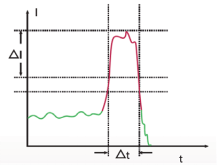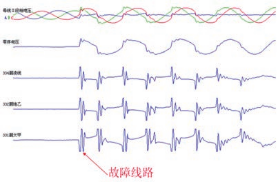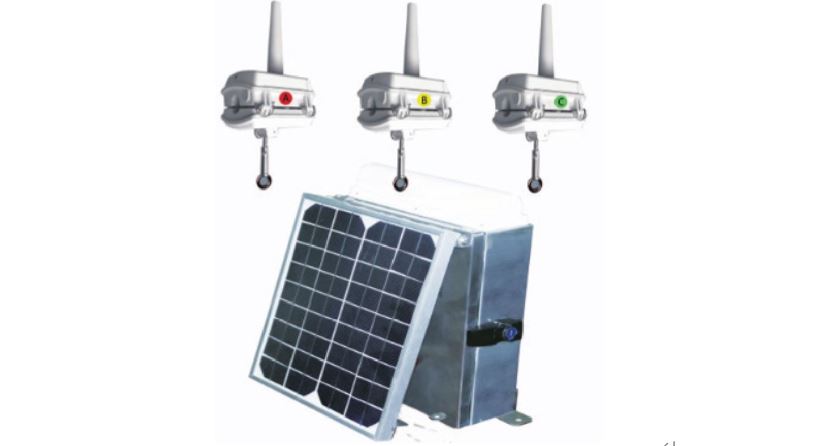High-precision Fault Indicator (Zero-sequence starting device)
Product Introduction
Zero-sequence voltage start high-precision overhead transient recording type remote fault indicator can realize online monitoring and rapid fault location when a short-circuit or grounding fault occurs on the line, which is of great importance for rapid fault elimination. During the daily operation of the line, it can also monitor its operating conditions in real time, so as to optimize the operation mode of the distribution network, reasonably control the electricity load and improve the quality of power supply.
The device consists of collection unit, aggregation unit and zero sequence start device.
Installation Scenarios
1) When installed at the exit of substation, it can distinguish whether the fault is inside or outside the station.
2) When installed at the connection of cable and overhead line, it can distinguish whether the fault is on the cable section or overhead line.
3) When installed at the branch entrance, it can determine whether the fault is in the trunk line or branch.
4) When installed in the middle section of the long line, it can determine where the fault is in the long line section.
5) When installed in the open field or mountainous area, it can greatly improve the efficiency of line patrol personnel.
6) When installed in buildings or densely wooded areas, it can reduce the influence of the environment on the patrol work.
Product Features
1) Short circuit fault detection When a phase-to-phase short circuit occurs on the line, the substation and the fault point between the circuit will flow a large current, the relay protection device starts protection, and the line trips. Short-circuit fault criteria are as follows:
(1) after the power supply is stabilized, there is a large sudden change of current in the line
△I≥ItIt for the sudden change in the amount of current to start the set value, adaptive
(2) After large current duration of 0.02s ≤ △t ≤ 3s, the line blackout
△t is the current sudden change duration.

2) Ground fault detection
The collection unit carries out high-precision sampling of the line's current and electric field, and the zero-sequence starting device carries out high-precision sampling of the voltage of the line with 256 points of the weekly wave respectively. When grounding fault occurs on the line, the zero-sequence start device detects the zero-sequence voltage rise and records the exact moment when the zero-sequence voltage changes and notifies the master station to record the waveform; the aggregation unit receives the recording command from the master station containing the exact fault moment and sends it to the collection unit to complete the recording. After the collection unit completes the recording, it passes the waveform to the aggregation unit, synthesizes the zero sequence in the aggregation unit and completes the in-situ investigation. The aggregation unit uploads the judged grounding information to the master station, which accurately reads the grounding fault point based on the waveform data of multiple locations.

3) Fault location and online monitoring
When a short circuit or grounding fault occurs on the line, the collection unit installed on the line detects the changing signal. The abnormal signal and current and temperature information, such as short circuit, grounding (direction), power outage and power delivery, are monitored and sent to the work master station through long-distance wireless communication, and the master station performs topology analysis, calculation and completes real-time display, statistics and alarms.


